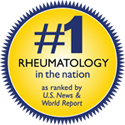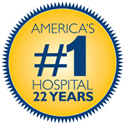As of now, there is no cure for myositis. However, management of the disease is critical to reduce inflammation caused by myositis and to prevent muscle weakness from progressing. Further, your doctor will recommend lifestyle changes so you can restore your strength.
There are two approaches to treatment for myositis:
- medical treatment
- lifestyle management changes
Medical Treatment
Your doctor will probably recommend a course of medical therapy using the following 2 classes of drugs:
- Corticosteroids (i.e., prednisone) and other drugs that suppress the immune system (immunosuppresants) may slow down the attack on healthy tissue and improve skin rash. Your doctor will probably repeat blood tests throughout your treatment for myositis to monitor improvement.
- Anti-inflammatories You may also want to use nonsteroidal anti-inflammatory drugs (NSAIDS) such as aspirin or ibuprofen for pain relief.
Lifestyle Management Changes
Exercise. After drug treatment takes effect, a program of regular stretching exercises prescribed by your doctor can help maintain range of motion in weakened arms and legs. Physical therapy may also help prevent permanent muscle shortening. You may also want to add whirlpool baths, heat and gentle massage.
Rest. Getting enough rest is an important component of managing myositis. Take frequent breaks during the day and limit your activity.
Nutrition. What you eat can affect your overall health. Eat a well balanced diet. If there are concerns, a referral to a nutritionist for assistance.
Reduction of Stress. It is imperative that myositis patients find outlets for the daily stress that most of us have in our lives. To that end, your doctor may suggest exercise as a form of relaxation, like yoga, or biofeedback exercises.


